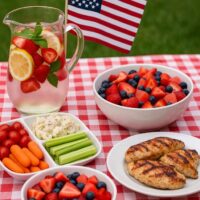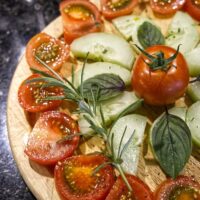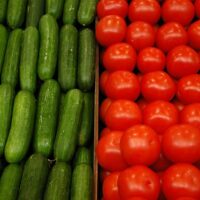Celebrate Smart with Memorial Day Tips
As Memorial Day weekend approaches, many of us look forward to picnics, cookouts, family gatherings, and the unofficial start of summer. But before we dive into the long weekend fun, let’s take a moment to reflect on what this holiday truly represents.
Memorial Day is a time to honor and remember those who gave their lives in service to our country. It’s a solemn and significant reminder of the sacrifices made for our freedoms. As we gather with family and friends, let’s make space to pause, give thanks, and carry a bit of that reverence into how we spend our weekend.
Tips for a Healthy and Enjoyable Memorial Day Weekend 
Long weekends can be full of joy… and full of food, late nights, and forgotten habits. So here are a few tips to help you enjoy the weekend while still feeling your best.
- Stay Hydrated
The temps are climbing—well, depending on where you live. At any rate, keep water on hand (infused with lemon, berries, or mint if you want to be festive), especially if you’re enjoying adult beverages or salty foods. A good rule? One glass of water for every alcoholic drink. - Balance Your Plate
It’s easy to go all-in on burgers and chips. Instead, build a better picnic plate—half fruits and veggies, a quarter protein (think grilled chicken, turkey burgers, beans), and a quarter whole grains or a modest portion of pasta or potato salad. And remember my favorite rule when it comes to special treats: only eat it if it’s amazing! - Sleep Counts, Even on Holidays
Holiday weekends can throw off our sleep schedule. If you’re staying up later, aim to limit caffeine mid-afternoon, keep alcohol in check, and carve out a little wind-down time before bed—even if it’s just 10 minutes of quiet. - Move Naturally
Whether it’s a morning walk, a few rounds of cornhole, or tossing a frisbee, movement doesn’t have to be formal. Just keep your body in motion, and your mood will thank you. - Keep Food Safe
If you’re eating outdoors, remember this: Keep cold foods cold, and hot foods hot. Avoid letting perishables sit out for more than 2 hours—or 1 hour if temps are above 90°F. Pack a cooler with plenty of ice or ice packs.
Enjoy the sunshine, the flag-waving parades, the chocolate chip cookies—and the memories. And let’s not forget the brave men and women who made our freedom possible. By incorporating healthy habits into our celebrations, we can pay tribute to their legacy by living our best lives.
White Lies and Wardrobe Rules
Ever heard the old rule about not wearing white before Memorial Day or after Labor Day? 
The rule originated in the late 19th to early 20th century among upper-class Americans. Wealthy families often left the dirty, industrial cities for beach homes or countryside estates. White was practical for the heat and symbolized a break from city life.
It stuck around because fashion magazines and department stores reinforced it. Like many fashion rules, it was based more on tradition and exclusivity than necessity.
These days? Fashion’s more flexible, and that “rule” is as outdated as a 1950s barbecue apron.
Just don’t spill ketchup or mustard on those white shorts.
With gratitude and love,
Health Coach Carol
“Heroism doesn’t always happen in a burst of glory. Sometimes small triumphs and large hearts change the course of history.” — Mary Roach






